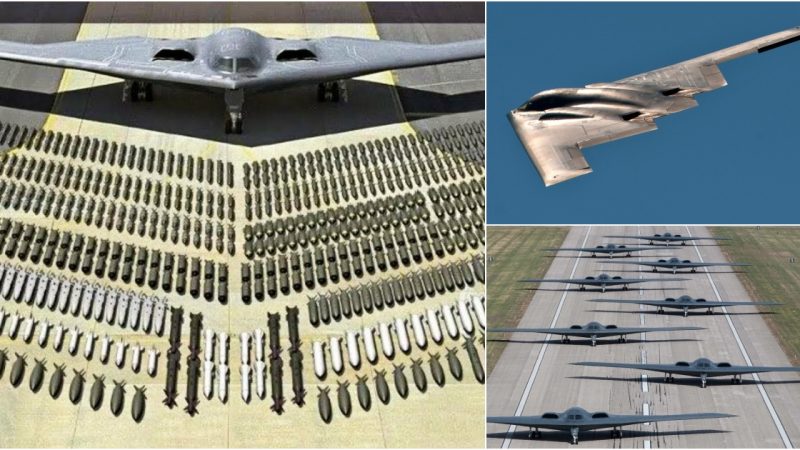
The history of aviation is rich with iconic aircraft that have left an indelible mark on the industry and captured the hearts of aviation enthusiasts. Among these legendary aircraft, the Grumman F8F Bearcat stands as a symbol of the peak of piston-engine fighter design and the culmination of an era in aviation history.
In the aftermath of World War II, as jet propulsion technology was rapidly advancing, the Bearcat took its first flight in 1944, just as the era of piston-engine fighters was drawing to a close. Designed and built by the Grumman Aircraft Engineering Corporation, the F8F Bearcat was intended to be the successor to the highly successful F6F Hellcat, which played a significant role in the Pacific theater during the war. While the war was drawing to a close, the Bearcat was a testament to the commitment of engineers to push the boundaries of piston-engine performance.
The F8F Bearcat boasted a remarkable combination of speed, agility, and firepower. Powered by the Pratt & Whitney R-2800 Double Wasp engine, it could reach speeds of up to 425 miles per hour, making it one of the fastest piston-engine fighters ever built. Its agility was equally impressive, with a superb rate of climb and exceptional maneuverability, which made it a formidable adversary in aerial combat.
The Bearcat’s armament was no less impressive. It was typically equipped with four 20mm cannon, providing substantial firepower to take down enemy aircraft and fulfill its role as a fighter plane. While it never saw combat during World War II, it became operational just as the war ended, and it went on to serve during the Korean War.
Video:
Despite its impressive capabilities and advanced design, the Bearcat had a relatively short service life in the United States Navy, largely due to the rapid transition to jet-powered aircraft. Nevertheless, its legacy lives on as a symbol of the pinnacle of piston-engine fighter technology.
Today, the Grumman F8F Bearcat is celebrated as a treasured piece of aviation history. Restored Bearcats are showcased in museums, airshows, and private collections worldwide, allowing aviation enthusiasts to marvel at the engineering marvel that it was. Its enduring popularity among aviation aficionados is a testament to its extraordinary design and the era it represents.
In conclusion, the Grumman F8F Bearcat is not just an aircraft; it is a symbol of the golden age of piston-engine fighters. Its exceptional speed, agility, and firepower marked the peak of its era, and its legacy continues to be celebrated in the world of aviation. The Bearcat is a reminder of the remarkable engineering achievements that characterized a pivotal period in aviation history.











